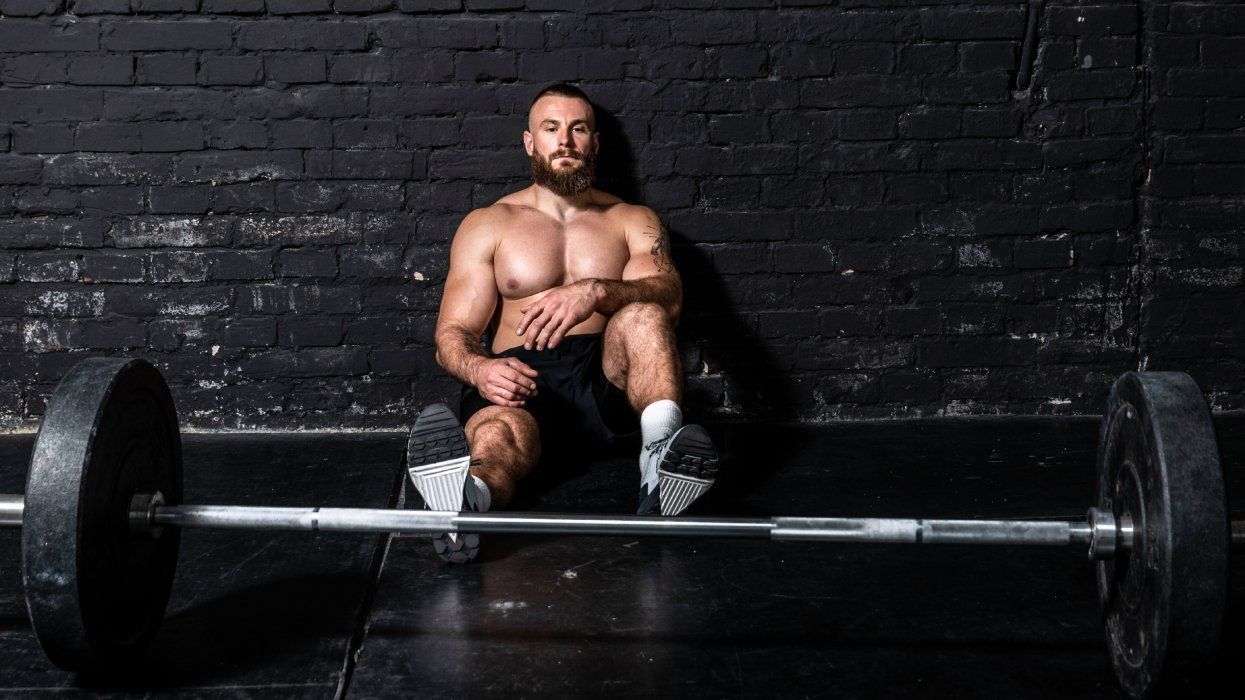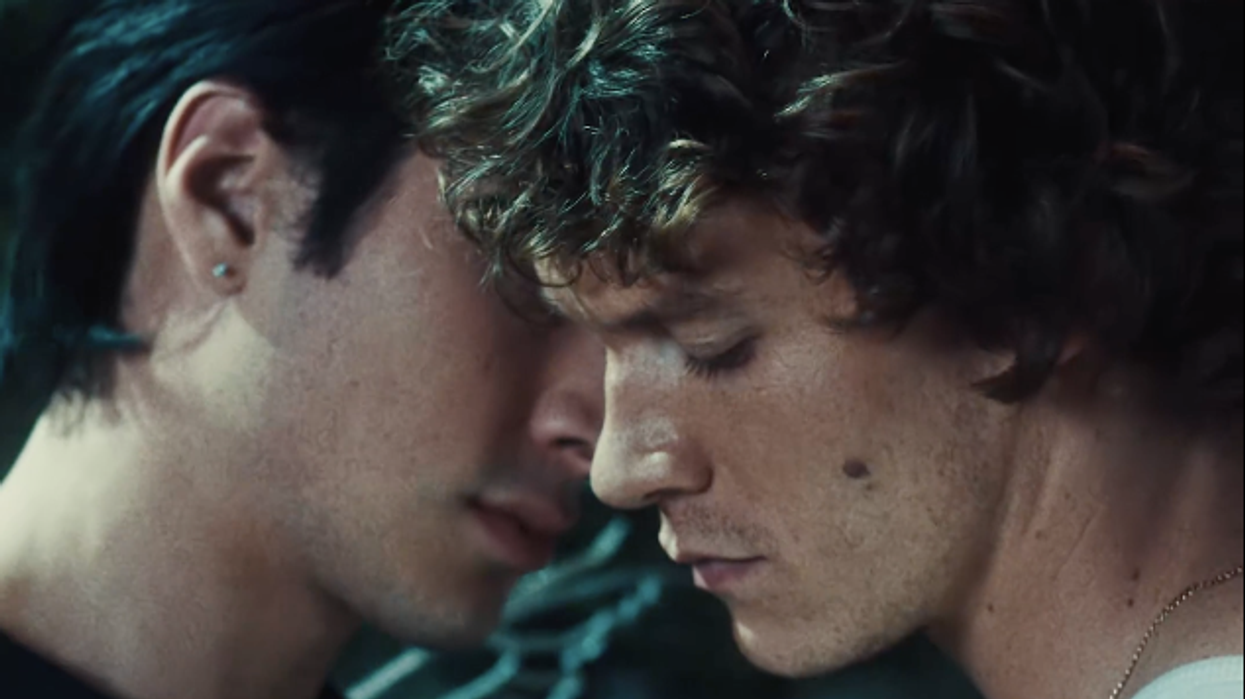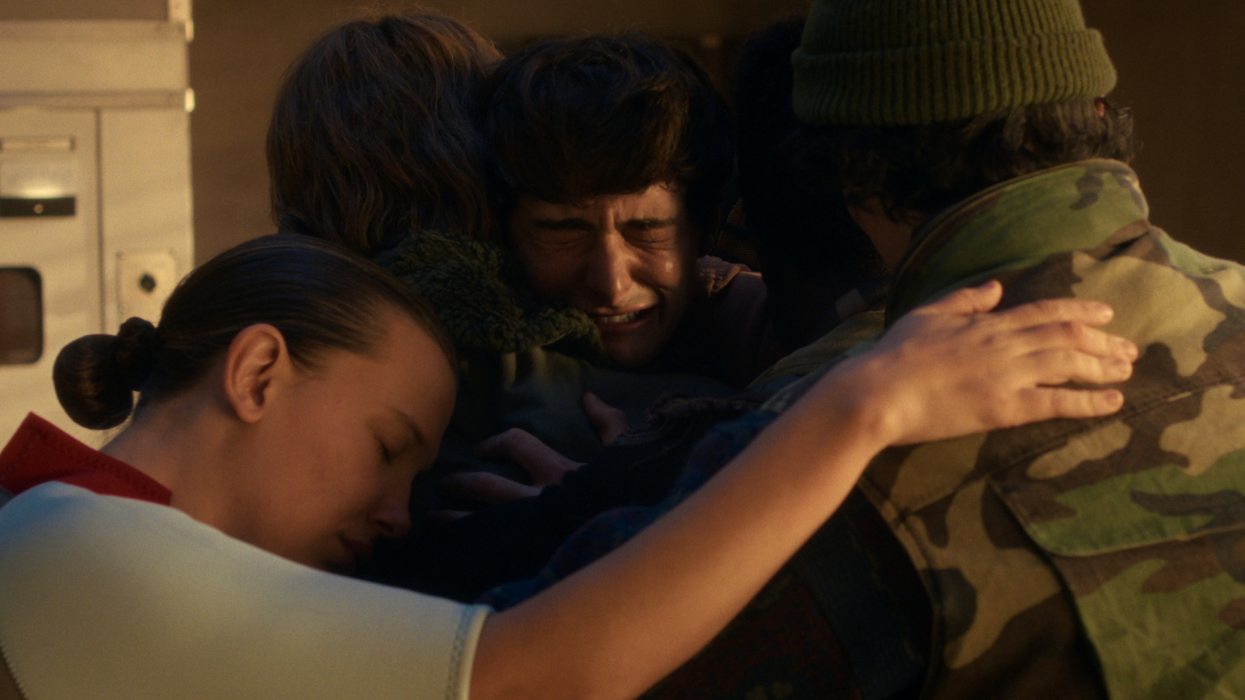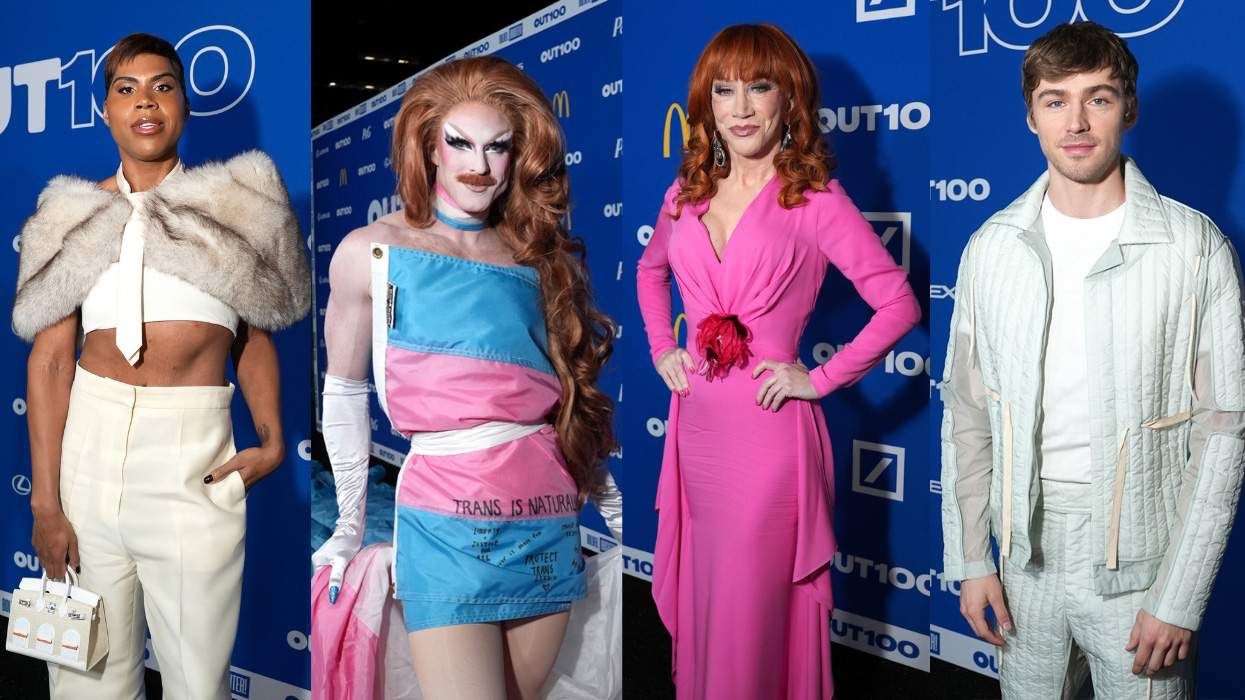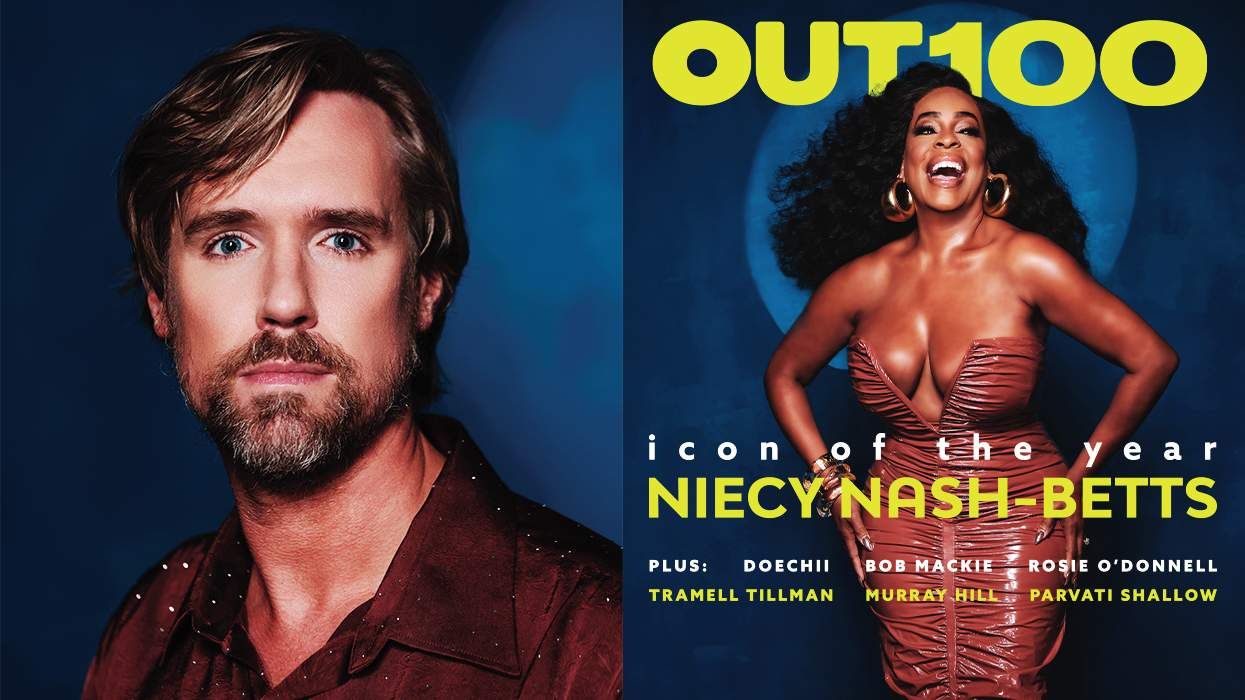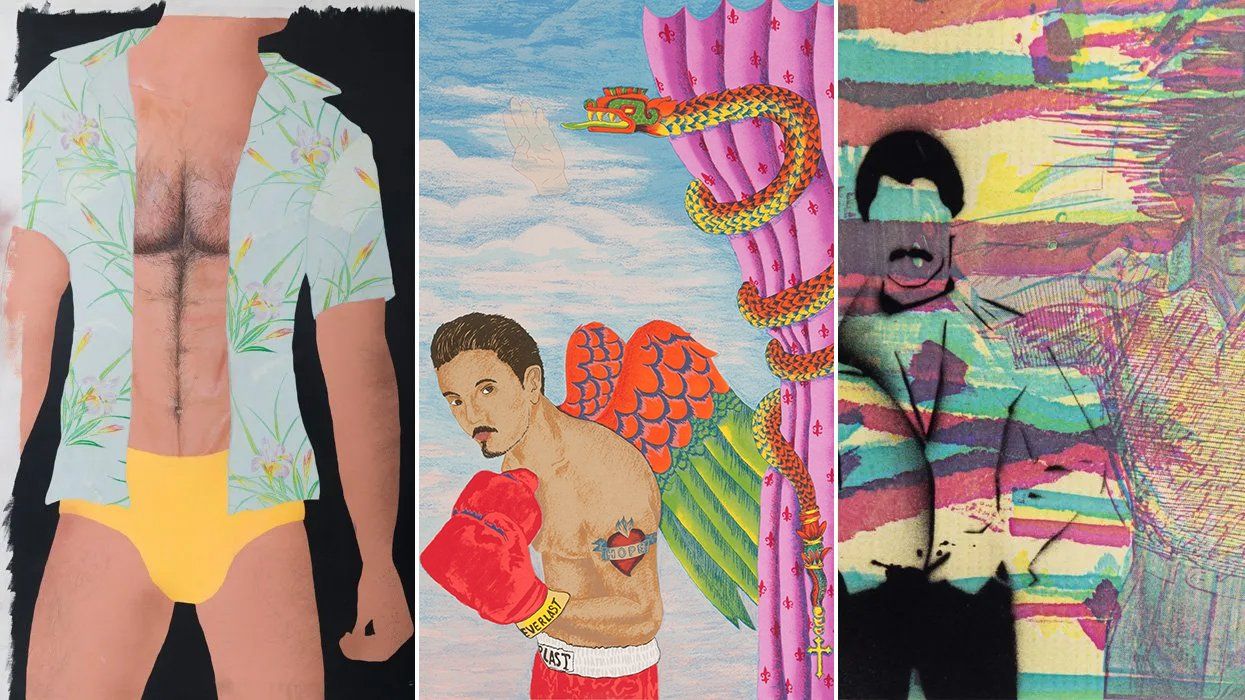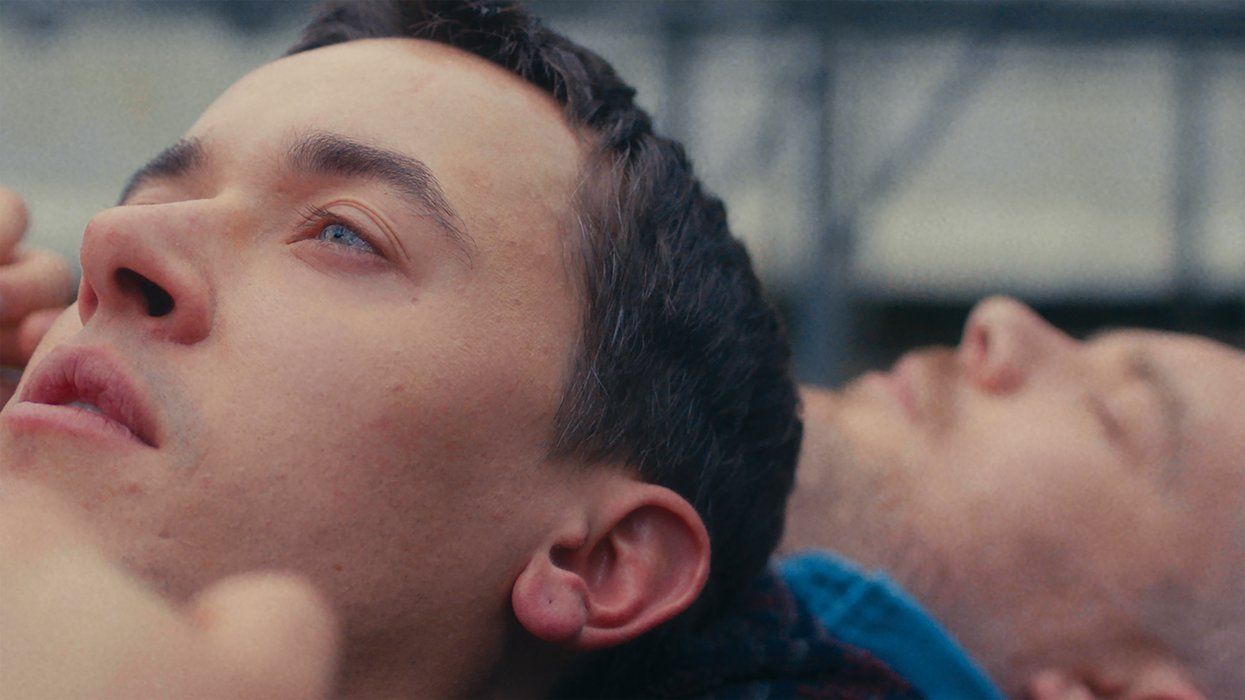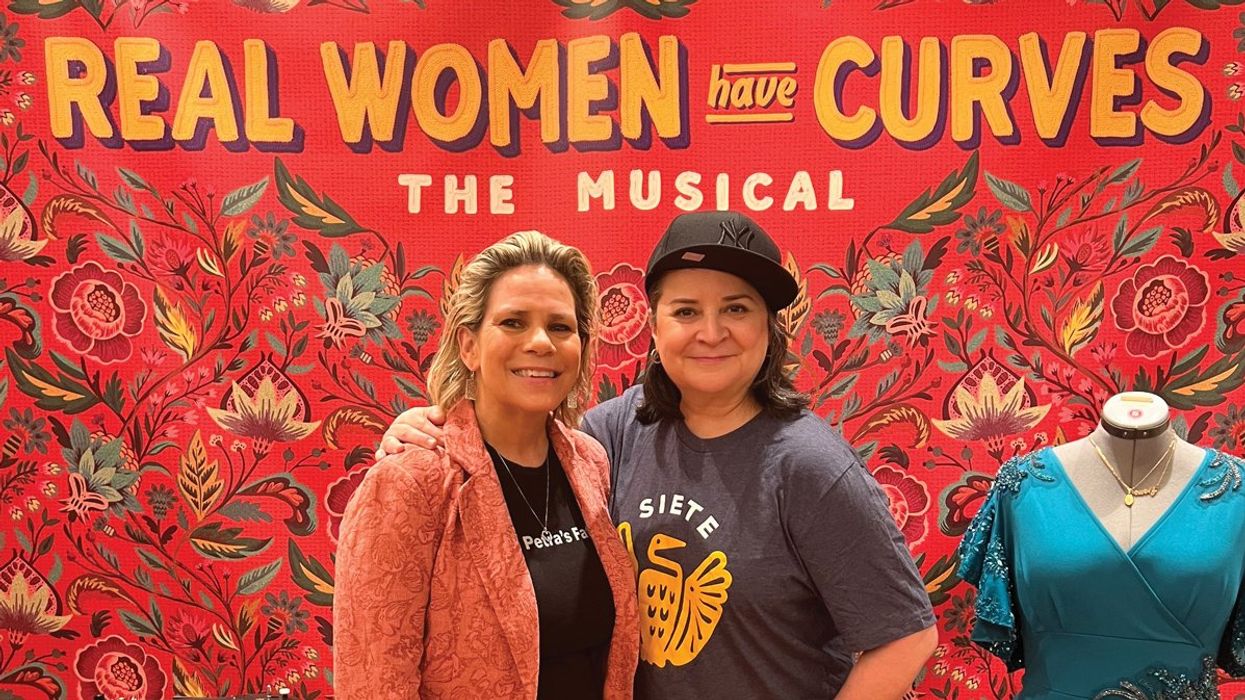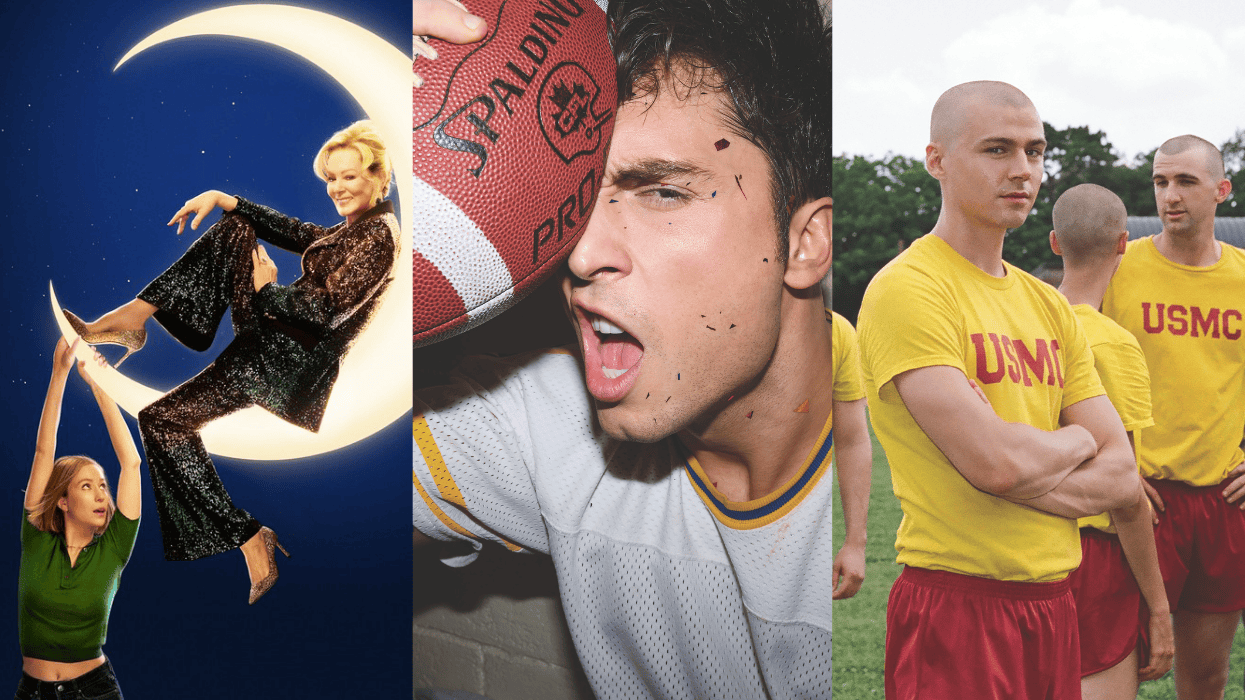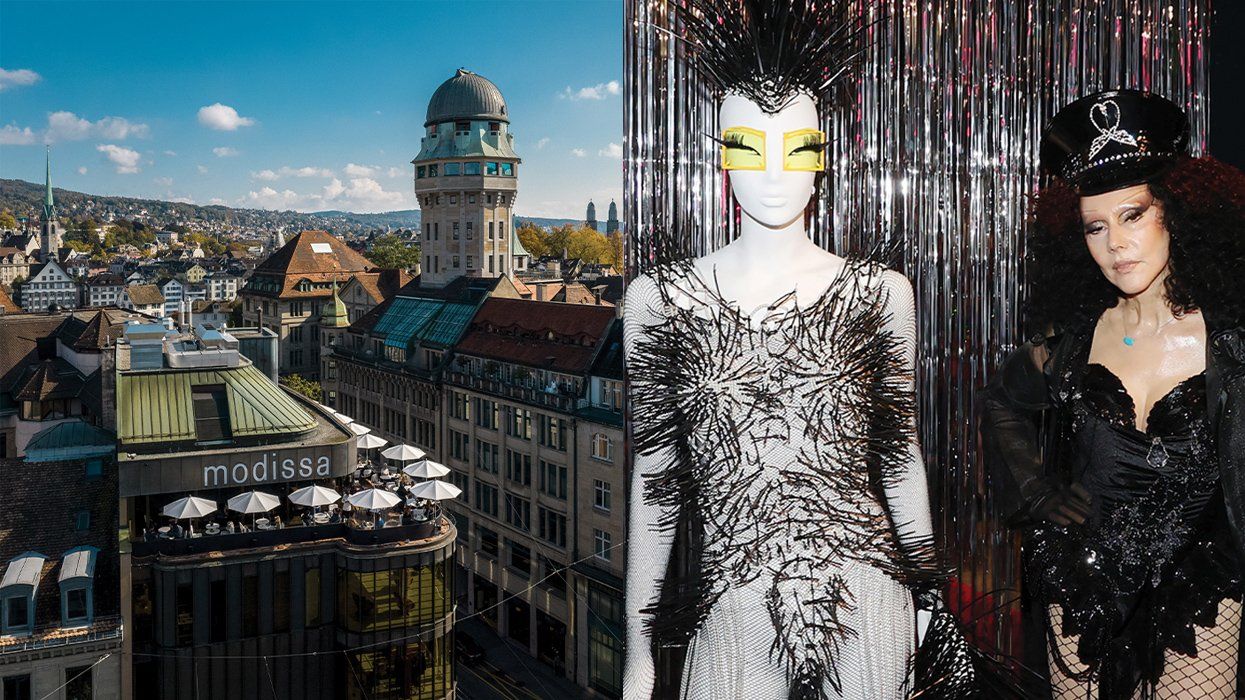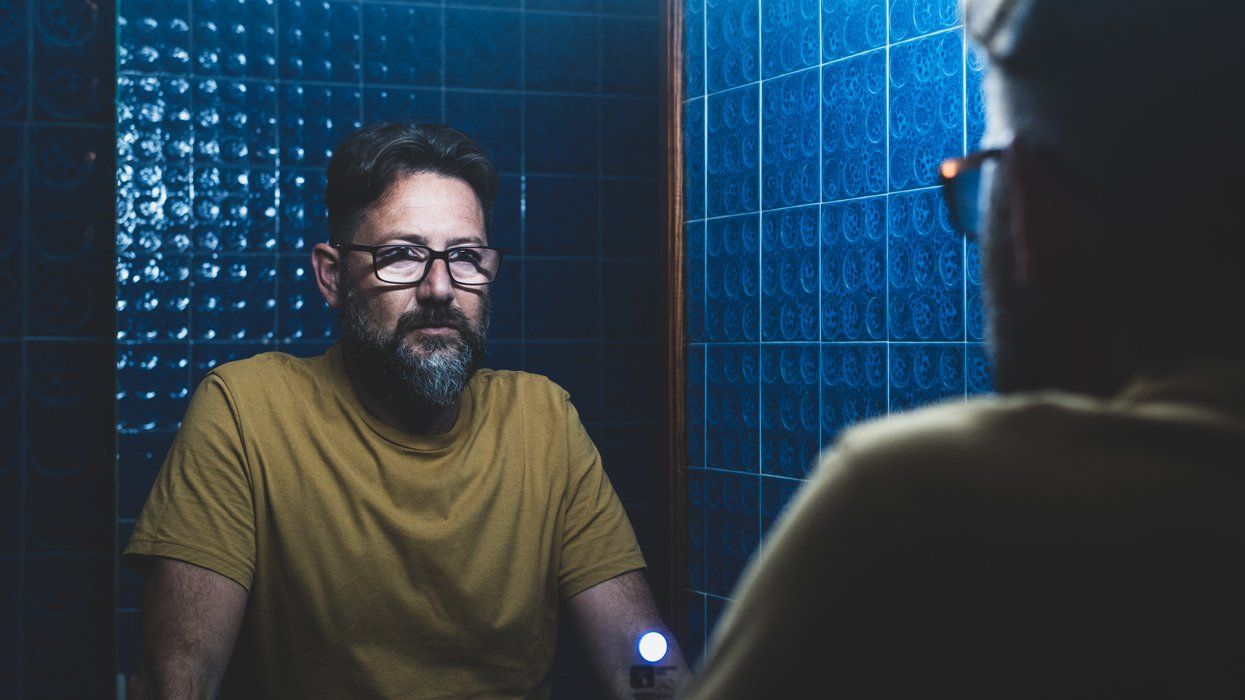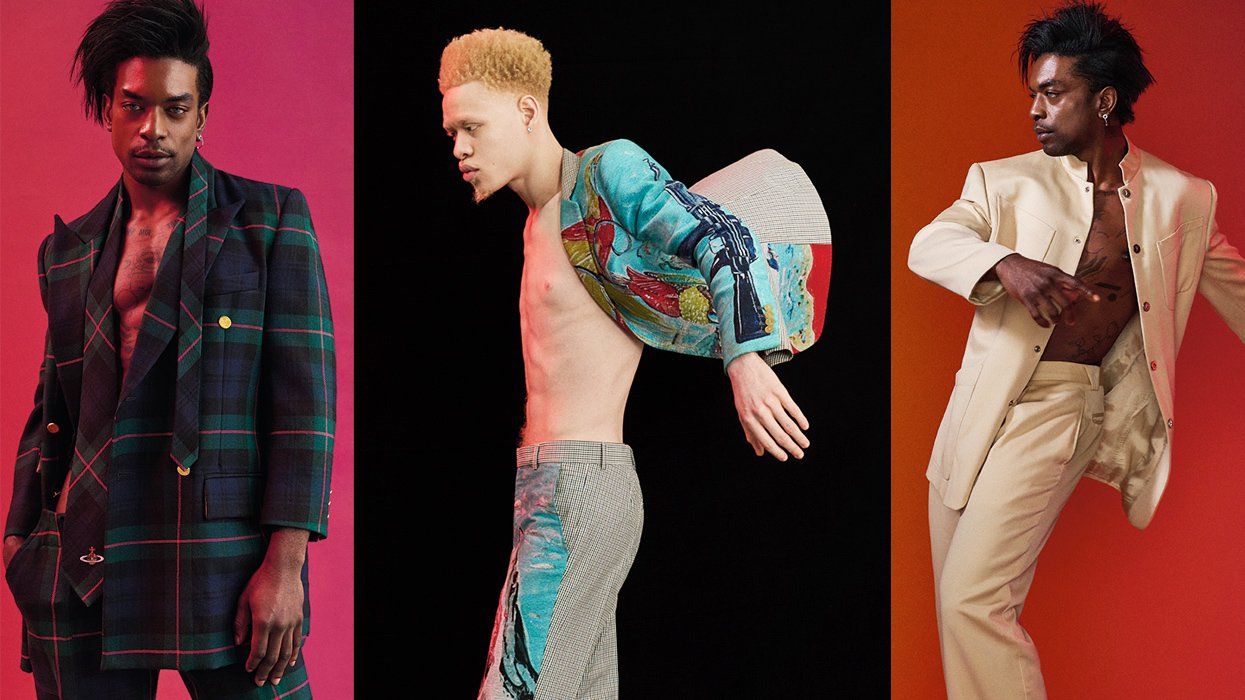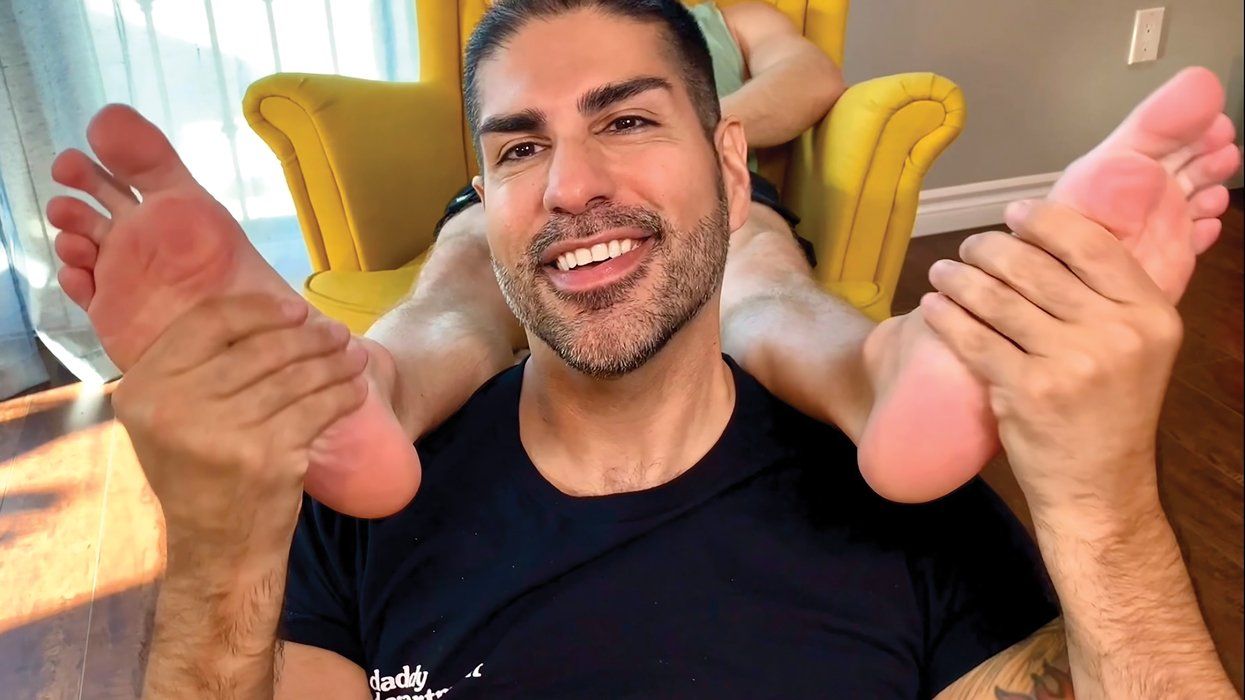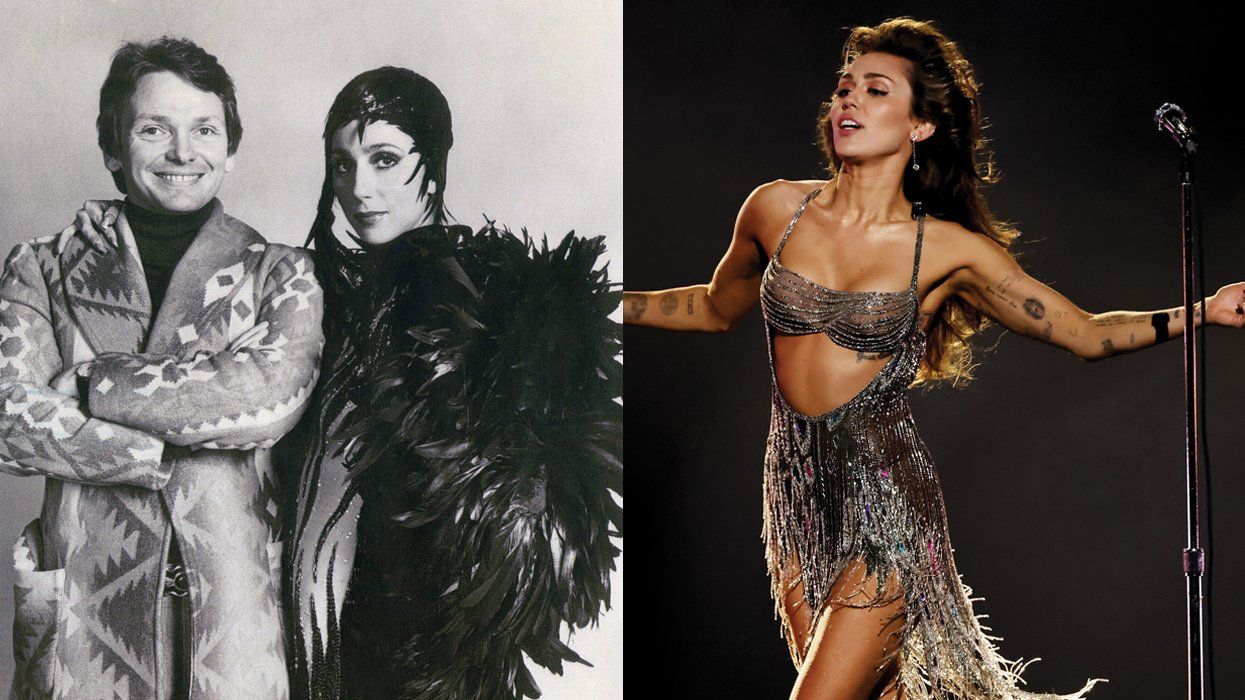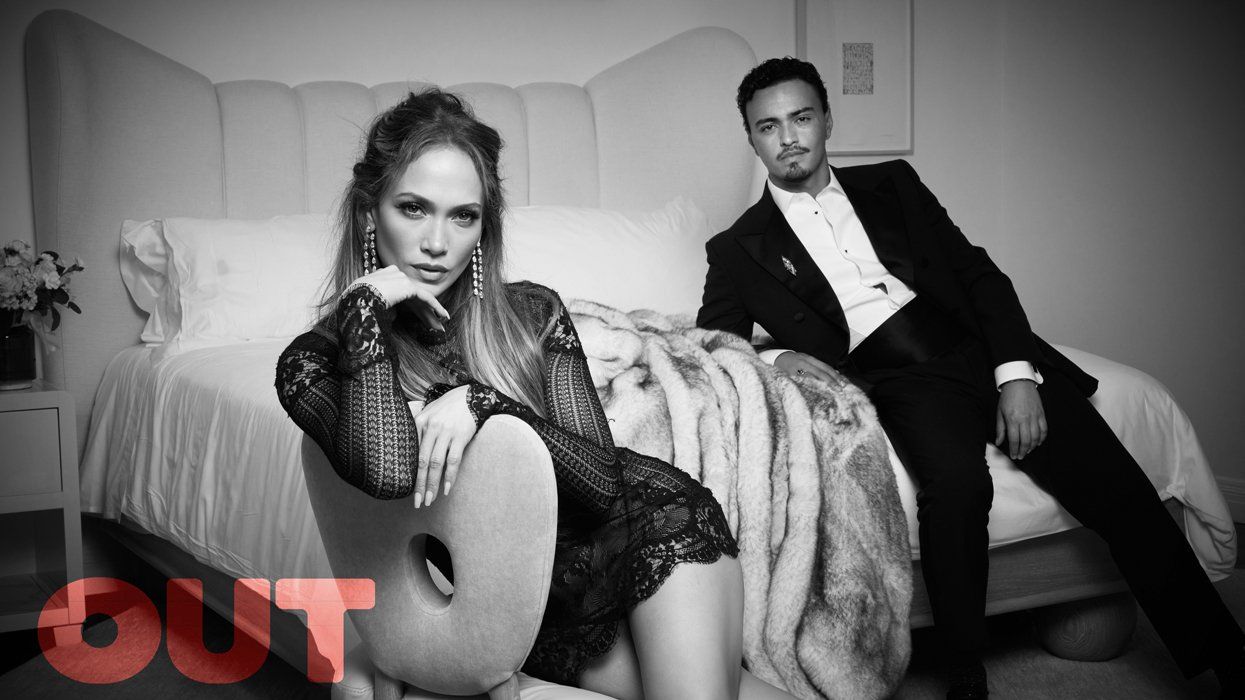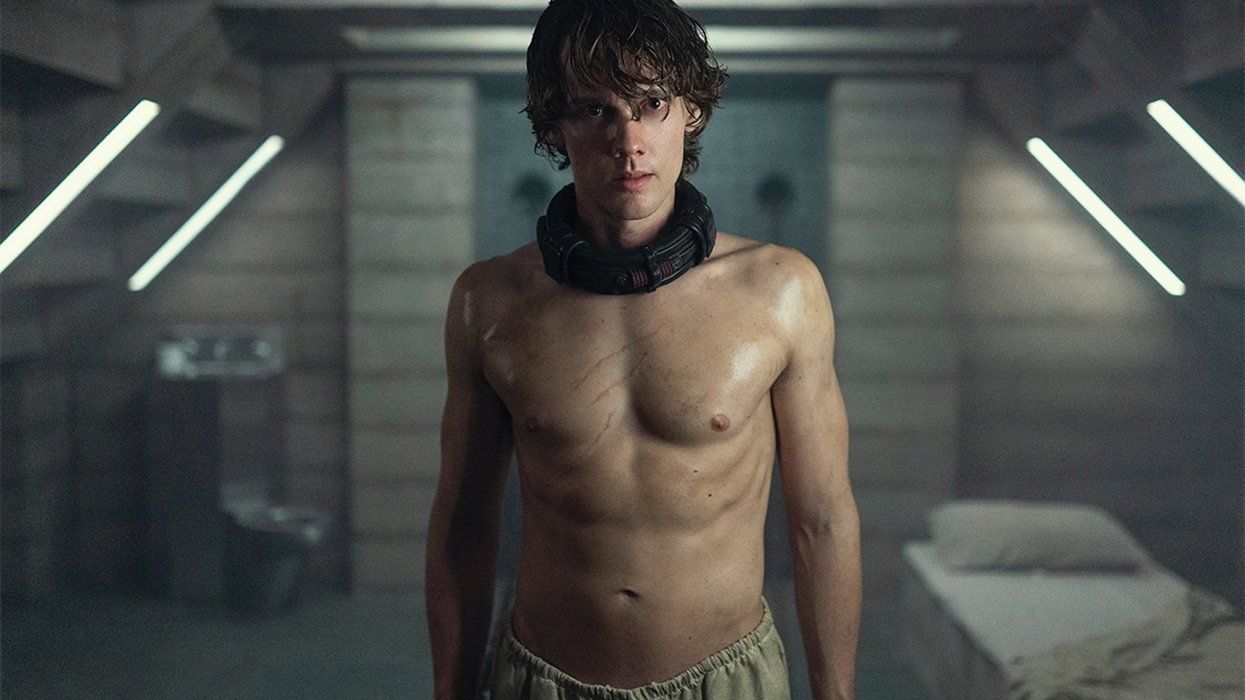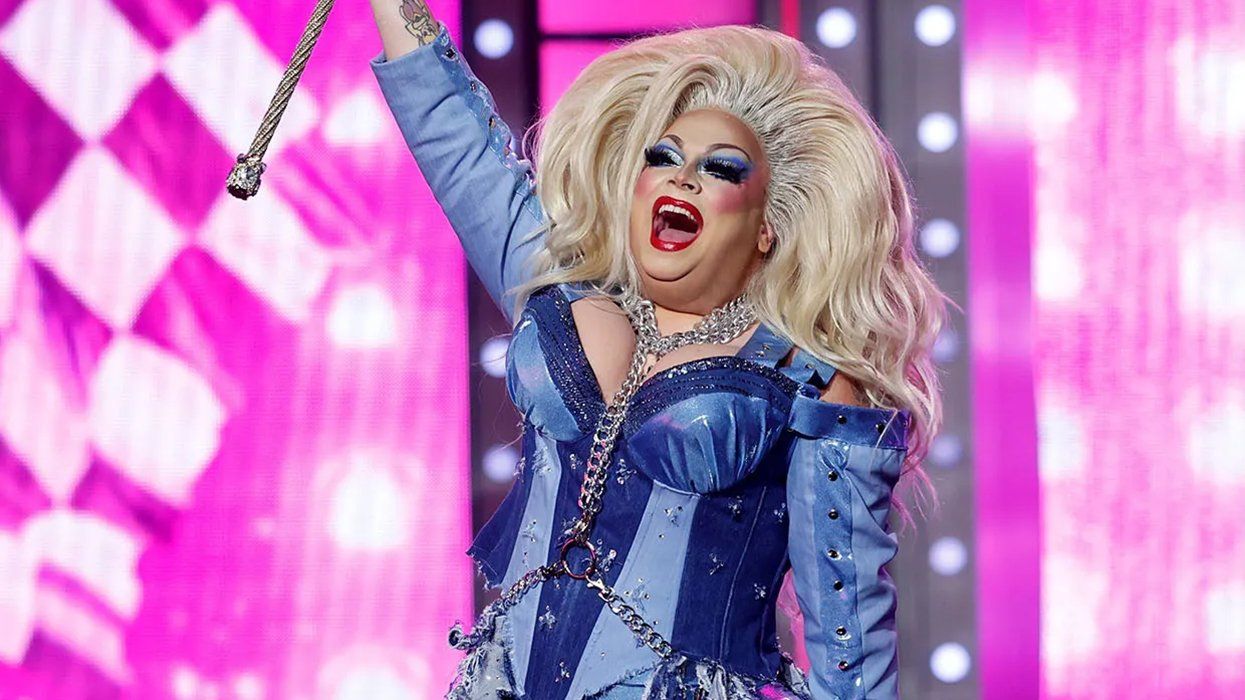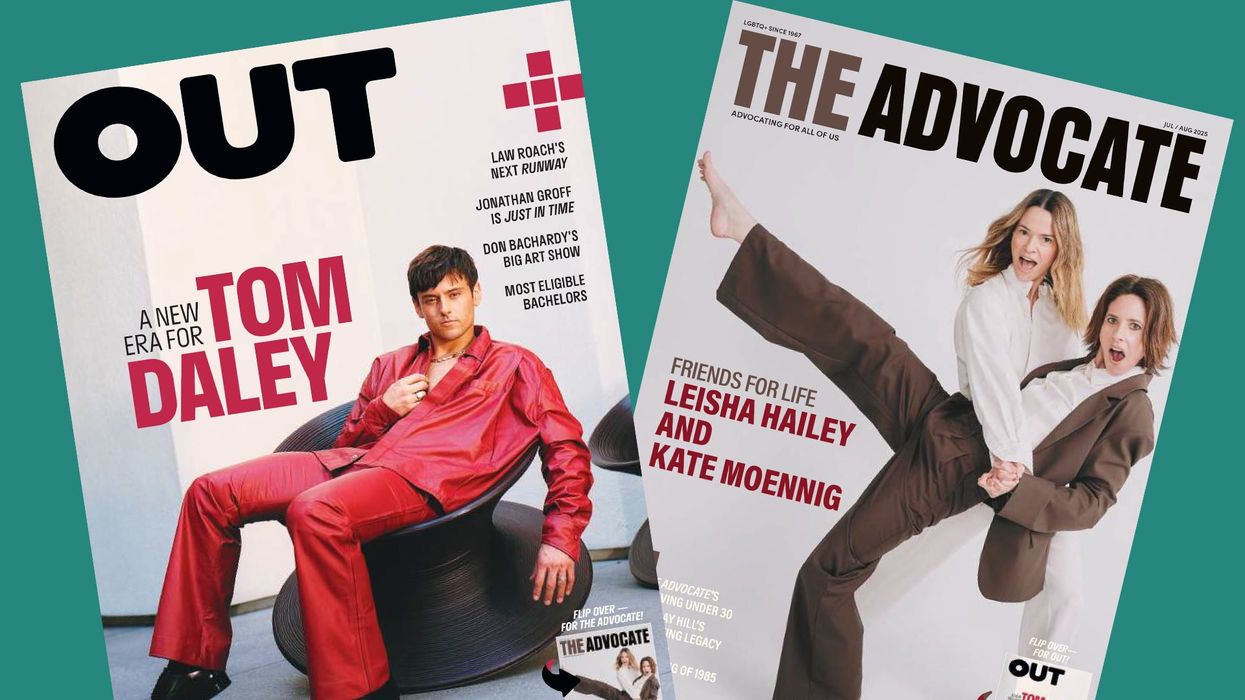Depression is weird. Sometimes, you have to sweat it out. The reps, weights, and endorphins of gym life pushed me through bad months. Some years ago, a meme went around of a cartoon man flexing his arms in a mirror with a thought bubble over his head: “Yep, still dead inside!” At the time, I thought, Yep, that’s me.
I don’t think all gym gays are like me, but a lot of us are fighting shame, body dysmorphia, or just the fact that we grew up disconnected from others. In The Velvet Rage, the clinical psychologist Alan Downs posits that gay bodybuilding can be an attempt to ward off feelings of inadequacy in a culture that marginalizes us. Today, a growing percentage of us take steroids and other supplements — I do. According to multiple reports in the U.S. and Europe, anabolic steroid use is increasing in men across the world, as are rates of body dysmorphic disorder.
I can’t speak for all gay and queer men, but the ones I know best struggle. Today, with boutique fitness and luxury chains, gay gym life is a lucrative industry. Brands like John Reed and Equinox all but advertise themselves as queer havens — if you can afford them. In the early aughts, David Barton proved that selling fitness and sex together was a lucrative formula, especially in American cities where young horny people had cash to burn.
I thought the link between gay men and fitness went back to the classic bodybuilding years and that it got a boost in the AIDS crisis when gay men were given testosterone to counteract wasting. But the connection is much older, says Sacha Coward, a historian of queer culture — whose book Queer as Folklore: A Hidden Queer History of Myths and Monsters comes out in August.
“In ancient Greece, we see that same-sex partnerships were built on the idea of an older, more masculine partner and a younger, beautiful, athletic youth. Their physical appearances played heavy in this dynamic,” he says. “This later became the foundation for the European construction of homosexuality as an identity from the 1700s onwards, with wealthy men traveling on ‘grand tours’ to see the hyperathletic statues of nude men and gods from the classical world.”
Coward is an active gym-goer who tweets about his gym journey. “When I was younger, I was very thin, so much so that people commented on it, which wrecked my self-esteem. I wrapped this up with societal expectations of manhood, which I felt I was failing.” Changing how you look to fit societal norms of masculinity is probably an “unhealthy” decision for a queer person to make, he says, but — crucially — there’s a flipside. “It is empowering to take up space in a hypermasculine arena like a gym,” he says. “As a young gay man, I imagined it was something I wasn’t allowed to partake in. It wasn’t for people like me. Now being able to feel strong and confident, even just by lifting weights, is liberating.”
His story echoes that of Chris Stedman, a gay atheist who teaches religion at Augsburg University, a Lutheran school in Minneapolis. Like Coward, growing up, “I wasn’t known for my athletic abilities,” he shares. In 2021 he finished his award-winning podcast Unread, about a Britney Spears-related mystery surrounding a friend’s death. The project was “creatively and emotionally draining,” and he needed “something completely different.” A nearby gym was the answer. He liked to run, and since it was an old-school powerlifting gym, the treadmills would always be free. But after watching the gym-goers drop weights and do heavy squats, he grew curious.
Sharing his fitness journey online has been conflicting. “On social media, people comment on my body, things like ‘you look better now.’ It’s unsolicited feedback. It’s frustrating that social media can make this thing in my life that was meaningful and healing look like it was done for other people.” He tackled this subject in his 2022 book IRL, about the ways social media changes how we see each other.
“Social media exacerbates body dysmorphia because it’s so easy to dehumanize online,” he adds. “People and their bodies can be reduced to things strangers can comment on.”
Coward believes that gay body standards are getting worse. “I know how much effort it takes to show even a small amount of progress. When I see certain bodies platformed on social media, I know the amount of time and work it would take to achieve something close to that for the average person.” In Coward’s view, steroids and performance-enhancing drugs, or PEDs, have become “common” among gym gays in his orbit. “An ‘average’ body for a man in 2024 approaches what was an ‘elite’ or ‘model’ physique in the 1990s.”
Gay men have a uniquely hard time with all this, Coward says. “Gay men are not only attracted to men’s bodies; they also have their own bodies that can approximate what they are attracted to. It’s like when you stand between two mirrors and your reflection seems to go into infinity. The prism of same-sex attraction and self-judgment amplifies this to a dangerous level.”
Even with a body-positive movement taking root in culture, Coward notes that “for every body-positive man online, there are numerous ripped men” talking badly about their looks, and this has created a social “cocktail of self-hatred and insecurity that I am not immune from.”
Globally, the percentage of gay men who train seriously must be a minority, as many simply do not have the time, money, or location to do it. We forget that queer men are everywhere — in areas of conflict, in the world’s richest and poorest places. Yet in culture, the image of the gay muscled man is the most ubiquitous. From WeHo party posters to RuPaul’s Pit Crew to porn, it is easy to imagine how little gay boys grow up thinking this is the cost of being one of us.
Whether good or bad, gay gym culture isn’t going anywhere. So how can we make it better?
First, I asked FJ (no last name given), a 53-year-old IT designer who is absolutely shredded. FJ has traced the contours of gay fitness from AIDS to the present. “I started as a teen in the ’80s when a gym opened in my small town in the Netherlands,” he says. “Now, 37 years later, I still go five times a week. In those years, I have experimented with nutrition, regimens, frequency, intensity, and sequences, all to deal with the confines of my genetics.” In his 40s, he started “manipulating my hormones” and that was when he “really got somewhere.”
His words to everyone who gets chemical help: “Be honest,” he says. “As a gay man, I will never be in a new closet, so when I started experimenting, I always disclosed when someone in the gym asked about my body, and that resulted in honest conversations.”
“Gym culture can do real harm, and it is up to us to reduce that harm,” he adds. “All harm reduction comes from honesty.” This, he says, means talking about the real, lethal effects of high steroid doses.
Stedman offers another approach. In his view, the gym is “beautiful and affirming” when looks are not the goal: “I like powerlifting because there’s less focus on image. I told my coach at the beginning that I didn’t want any goals to be about achieving a certain aesthetic. Ultimately, powerlifting made me less self-conscious about my body.”
Last summer, Stedman went to a powerlifting competition called Drop Deadlift Gorgeous, a fundraiser for transgender health care. It was “mostly queer and trans people coming together to lift, cheer each other on, and raise money.” He raised over $8,000, and the event raised over $60,000 for Family Tree Clinic, which offers gender-affirming treatment in Minneapolis.
“I would tell queer people curious about fitness that there’s another side to it that is not about conforming to a cultural narrative,” he says. “That other side is about challenging yourself, connecting with yourself, and connecting with others. That side should not be overlooked.”
I thought of my best times at the gym: the friendships I found, the cruising, and the connections. I love it. Why else would I keep going? I go for the little community of gays buzzing between the weight benches and the possibility of finding love or, even better, a gym buddy. And, of course, I go for me. Like Stedman, I go to see myself get, if not stronger, then at least transformed. I become a thing of my own making, to hell with God’s plan. It keeps me moving and eating right. It’s a recipe for living — if it doesn’t kill me.
Alexander Cheves is a writer, sex educator, and author of My Love Is a Beast: Confessions from Unbound Edition Press. @badalexcheves
This story is part of Out's March/April issue, which hit newsstands on April 2. Support queer media and subscribe — or download the issue through Apple News, Zinio, Nook, or PressReader starting March 18.
Stuggling with thoughts of suicide? Call the crisis lifeline at 988.


